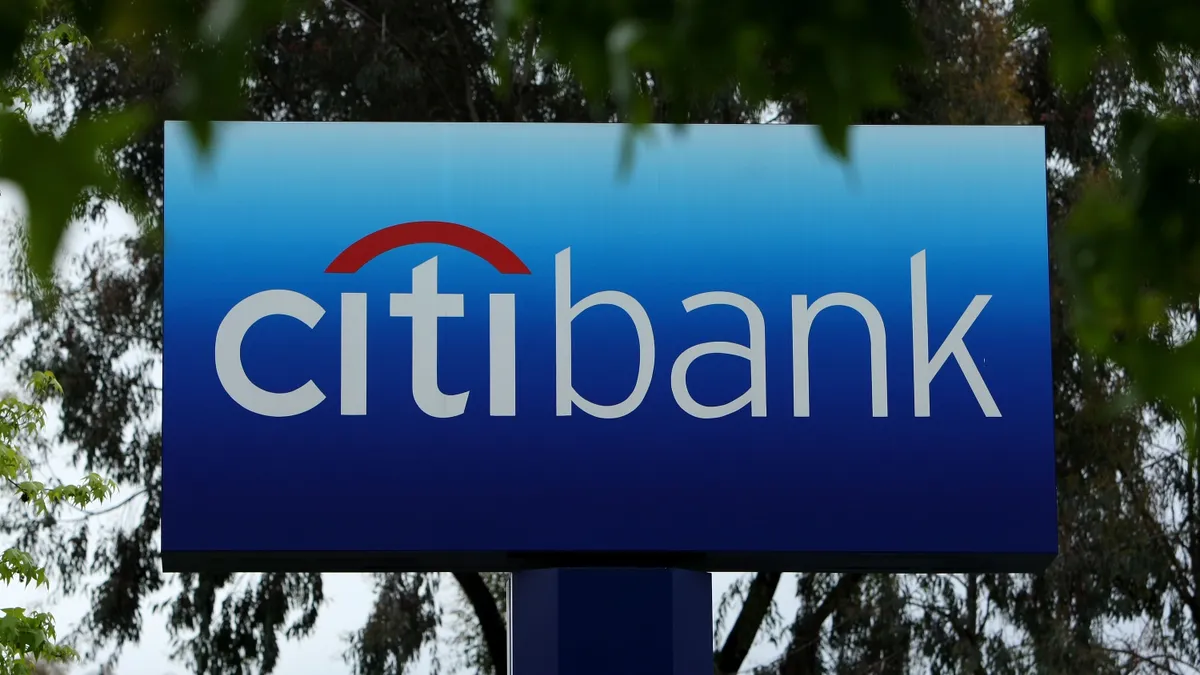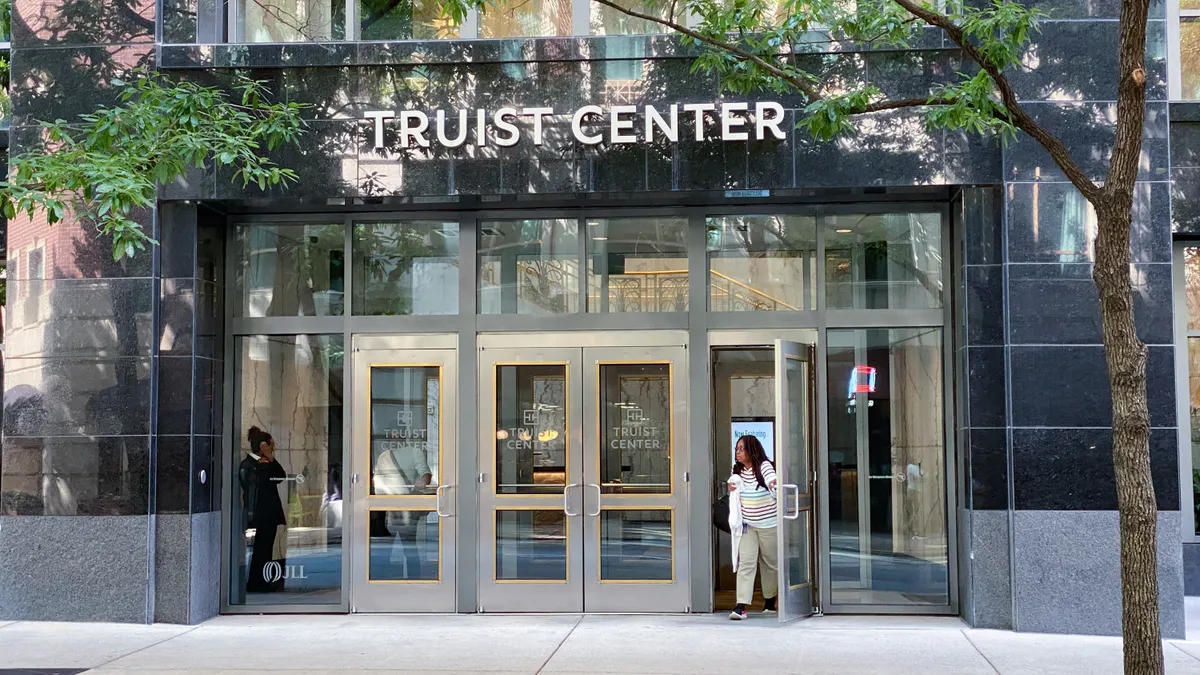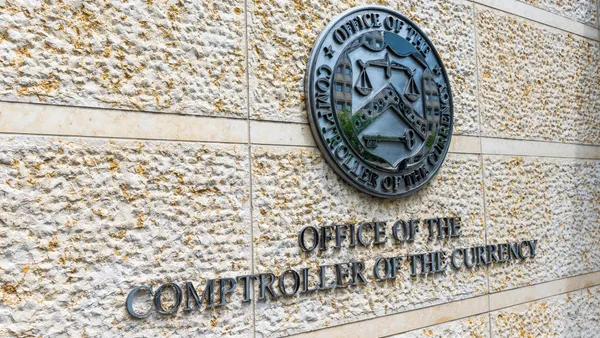UPDATE: April 19, 2021: Citi wants to hire 1,100 private bankers and relationship managers, and another 1,200 technical and operational employees in Hong Kong and Singapore, as part of its strategy to boost its assets under management (AUM) in Asia to $450 billion by 2025, The Wall Street Journal reported Saturday.
To reach the goal, the bank would have to grow its AUM in Asia at about triple the 18% rate it has seen since 2015. The $450 billion figure would mark a 50% increase from the $300 billion in AUM Citi now holds in the region. The bank held about $255 billion in AUM in Asia in 2015, according to the Journal.
Citi announced Thursday it would exit retail banking operations in 13 markets. Leaving those markets would mean divesting most of its 223 branches and more than 17 million personal accounts, but the markets generated net zero income for the bank in 2020, the Journal reported.
“There’s some areas where, increasingly, you just need so much scale and you can’t play in all of them,” Peter Babej, CEO of Citi Asia Pacific, told the publication. “You’ve got to pick your spots.”
For its part, Citi, in the next two months, plans to submit an application for a securities license that would let it underwrite stock and bond sales in China and conduct trading for clients, a source told Bloomberg.
The goal is to get the businesses operating in 12 to 18 months, the source said, under a CEO soon to be named and a staff of 50, which the bank hopes to grow to 100.
Dive Brief:
- Citi’s net income tripled year over year — to $7.9 billion in 2021’s first quarter, from $2.5 billion in the same quarter last year, the bank reported Thursday.
- The bank announced it would begin to exit consumer banking in 13 markets in the Eastern Hemisphere — instead concentrating its efforts on four markets with high returns: Singapore, Hong Kong, the United Arab Emirates and London.
- Citi’s revenue fell 7% to $19.3 billion from $20.7 billion. However, the bank saw a 46% increase in its investment-banking revenue, driven largely by $876 million the bank received in equity underwriting fees — much of which it credited to taking special-purpose acquisition companies (SPACs) public.
Dive Insight:
"It’s been a better-than-expected start to the year," Citi CEO Jane Fraser said in her first earnings report since taking the bank's top role.
The bank’s profit jumped 84% over the previous quarter. Originally $4.6 billion, the fourth-quarter total was adjusted downward by $323 million to account for losses related to last August’s errant transfer of $900 million in Revlon debt from the bank’s coffers to the cosmetics company’s lenders. Citi asked the lenders to return the money, but several refused, prompting the bank to sue. A federal judge in February, however, ruled the lenders don’t have to return the $504 million Citi is seeking. But a freeze on those funds remains in effect.
Not every segment of business had a stellar turn. Fixed-income trading revenue dropped 5%, beating expectations but falling short of respective 31% and 15% gains by rivals Goldman Sachs and JPMorgan Chase.
Revenue at Citi’s global consumer banking unit fell 14%, the bank said, ahead of unveiling a strategy to cut retail operations in 13 markets. Citi’s departure from consumer banking in such markets as South Korea, Thailand, the Philippines and Australia had been rumored since February. Thursday’s report indicates the bank also intends to cut its retail operations in India, China, Russia, Vietnam, Indonesia, Malaysia, Taiwan, Poland and Bahrain.
"As a result of the ongoing refresh of our strategy, we have decided that we are going to double down on wealth," Fraser said. "While the other 13 markets have excellent businesses, we don’t have the scale we need to compete. We believe our capital, investment dollars and other resources are better deployed against higher returning opportunities in wealth management and our institutional businesses in Asia."
Citi’s global consumer banking slump also included an 11% decrease in North American card revenue.
Expenses climbed 4% to $11.1 billion in the first quarter as Citi continues to update its risk management and internal control infrastructure to meet the demands of the Office of the Comptroller of the Currency (OCC). The regulator fined Citi $400 million in October after the bank’s history of using an amalgam of outdated software appeared to catch up with it.
The bank released $3.8 billion it had previously set aside as loan-loss reserves. That total is more than 2½ times the $1.5 billion in reserves Citi set free in the fourth quarter.














